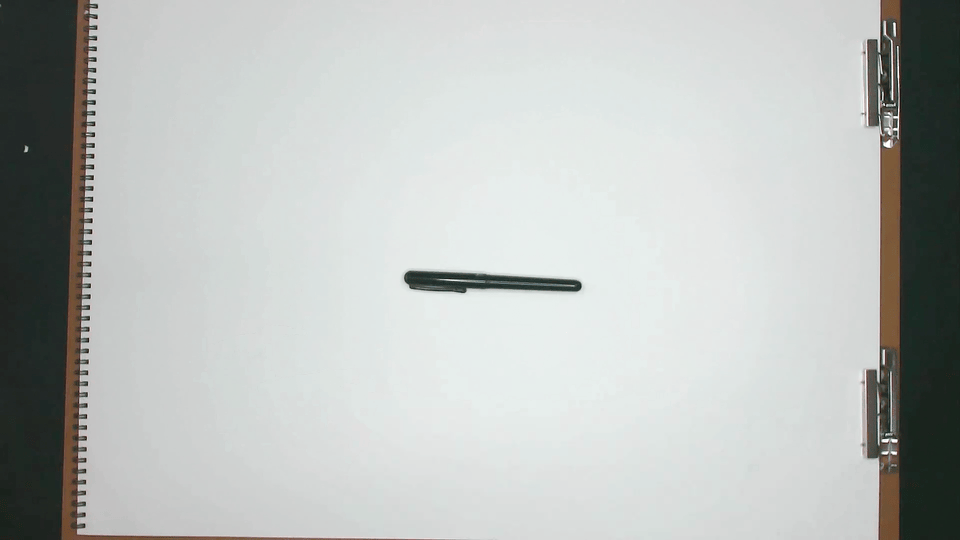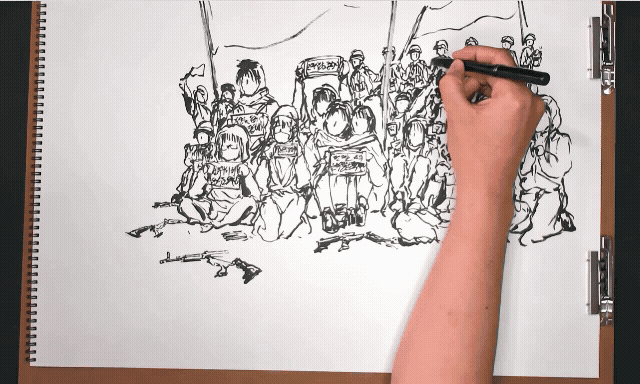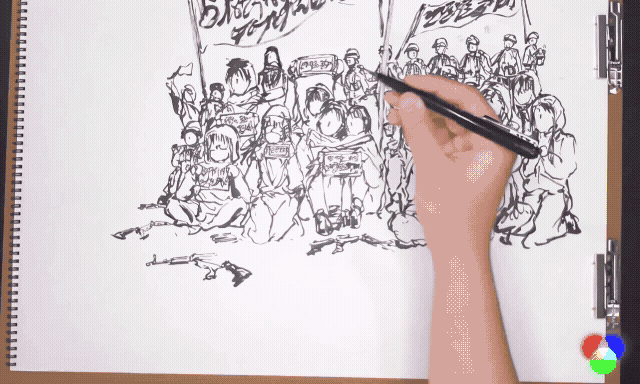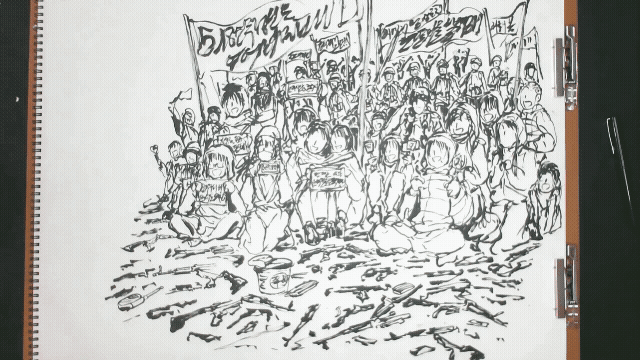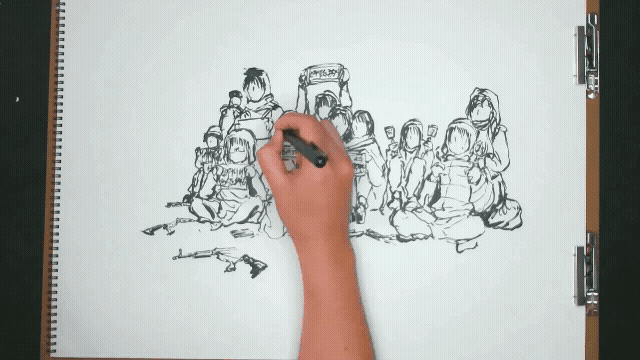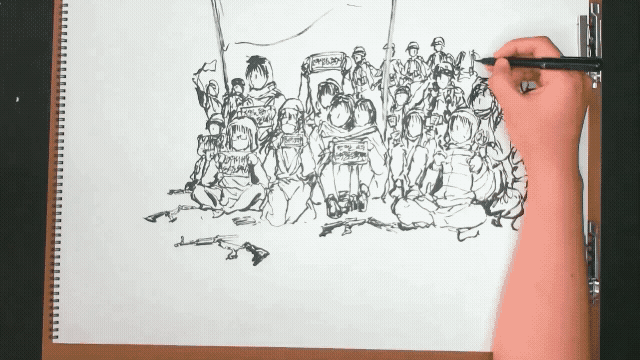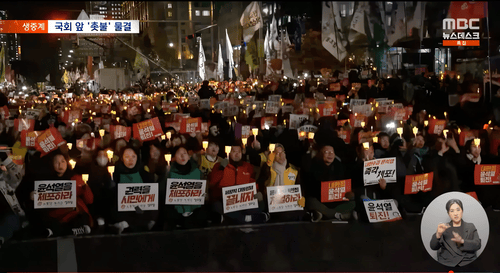My Memory Their Memory
Human Creativity & AI Creativity
How does AI perceive artwork, not just in terms of form, but in layered intention, historical context, and cultural specificity? This project explores how AI, trained predominantly on Western-centric datasets, often flattens complex visual languages into generalized, reductive outputs. Drawing from CLS’s critique of reductionism and the concept of umwelt, it questions whether AI can meaningfully engage with the embodied meanings of non-Western creators.
The work began as an AI reinterpretation of my speed painting, originally made with a brush pen rooted in East Asian ink culture, a tool that unifies point, line, and plane in a single expressive stroke. Yet the AI flattened this synthesis into a generic, mechanical image devoid of care or cultural nuance. More critically, it introduced a new form of Orientalism by reimagining a peaceful, democratic protest, including resistance from soldiers against unlawful orders, as a chaotic, authoritarian uprising, echoing Western media tropes of “unstable” non-Western states.
This experience of disregarding, flattening and generalization made clear how AI not only misreads artistic intention but also distorts sociopolitical nuance. Despite claims of neutrality or diversity, generative models often reproduce dominant ideologies. To preserve creative and cultural integrity, especially for marginalized voices, we must remain critically engaged, ensuring that AI is interrogated not just as a tool, but as a system shaped by worldview and power.

